Canadian car shipping
Ship a car from Canada to the U.S.
Let’s talk about some things you should know before you ship your car from Canada to the USA (or vice versa).

With the flexibility of remote work, for many, getting a change of scenery has moved beyond a vacation. It seems the next best thing is packing up and trying a whole new city, state, or even country on for size.
Each year, thousands of people move from Canada to the United States, sometimes permanently, and sometimes for part of the year. So, if you’re considering a move from the Great White North, one thing you’ll need to consider is how to ship your vehicle.
Things to know about
shipping your car
Step 1. Make sure your vehicle is authorized
Any vehicle can be denied importation based on compliance of the specific vehicle. You can check this by reviewing the Overview of EPA Import Requirements for Vehicles and Engines. Learn more ->
Step 2. Contact a relocation specialist
With a move from Canada to the United States you could opt to transport it yourself; however, the benefit of hiring a specialist is that they can take care of all the paperwork for you. Learn more ->
Step 3. Complete paperwork
We’ll go into a bit more detail on what this entails in just a moment; however, it’s important to note that all customs paperwork must be completed and approved prior to transport. Learn more ->
Step 4. Prepare your vehicle
A transport specialist can help you do the heavy lifting, but there’s a number of things you can do on your end to make sure the transport goes smoothly. Learn more ->
Step 5. Pickup & Inspection
Once your vehicle has been picked up by a car courier it will undergo inspection at the specified location for your region. Learn more ->
Step 6. Transport & Delivery
Once your vehicle has passed inspection it will be on its way! Learn more ->
Step 1:
EPA requirements
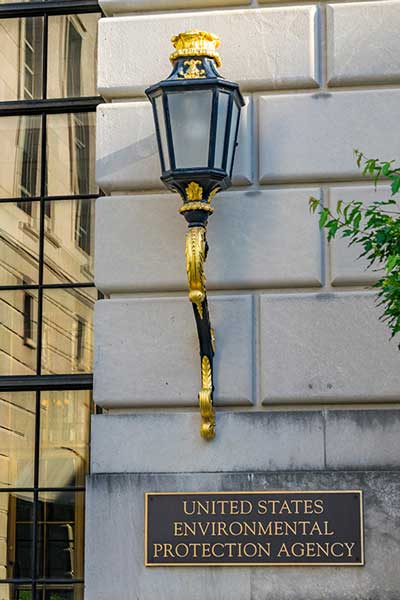
The Overview of EPA primarily assesses if a vehicle and/or manufacturer:
- – is a U.S. version vehicle
- – meets conformity with EPA and DOT regulations
All vehicles are manufactured with an emissions label placed under the hood of the vehicle. The emissions label confirms that the vehicle complies with U.S. EPA standards. If the emissions label is missing, it is not considered non-compliant, but it will need to be replaced.
Pro-tip: If the VIN begins between 1 and 5 , then it is built in North America. While this is a general rule (some antiques or custom-made vehicles may not have this) it is typically a good rule of thumb.
For car buffs, mechanics and tinkerers, it’s also important to note that if a vehicle originally manufactured as a U.S. version vehicle that has since been modified or altered, it will likely not meet U.S. emission requirements. For example, if the engine has been altered or outfitted with another type of engine, the vehicle will not be considered a U.S. version.
However, a modified or altered vehicle may be conditionally imported as a U.S. version pending repair and restoration. As an importer, you must file an EPA Form 3520-1 with Customs on entry and declare code “F” on the form. You will then be required to post a bond with Customs. The importer has 120 days to demonstrate to EPA that the vehicle has been repaired or restored to its original configuration.
If you’re uncertain that the engine or build meets requirements, you may submit alternative proof, which is a written statement including the number, engine family name, and/or type of equipment and build date (if known).
The EPA does not accept:
- – Passing a state inspection test as proof. State inspection tests do not determine conformity with Federal emission standards.
- – Catalytic converter as proof. The presence of a catalytic converter does not mean the vehicle is a U.S. version, or that it meets Federal emission standards.
Here’s a helpful checklist to help make sure your vehicle is authorized for transport:
- – Manufacture date
- – Model year, make, and model of vehicle
- – Whether the vehicle conforms to U.S. emissions requirements
- – If a catalytic converter was present at the time of manufacture
Although the Customs team will typically provide all the necessary paperwork to ship your vehicle, you may want to check out the following resources to help get a jumpstart on the process:
Canada’s Registrar of Imported Vehicles
Canada Border Services Agency Registrar of Imported Vehicles
Importing Canadian Vehicles – Emissions
National Highway Traffic Safety Administration (U.S.)
HS-7 Form (this is required for all Canadian vehicles coming into the United States)
Step 2:
Contact a relocation specialist

An auto transport specialist can help arrange and/or support you throughout the move no matter your needs might be.
Some other specialized shipping needs including:
- Choosing between open or enclosed vehicle carriers
- Handling logistics
- Providing freight transportation support for atypical vehicle or shipment types (e.g. boats, motorcycles, RVs, trailers, etc.)
- Door-to-door service
- Snowbird service
Step 3:
Car shipping documents

What type of paperwork is involved?
3299 Entry Form. This form is required for all vehicles entering from Canada into the United States.
3299 Form Requirements:
- – Make sure to print your name as it appears on your passport.
- – Include your date of birth as well as the date you will arrive in the United States.
- – Add your U.S. home address and contact phone number.
- – No P.O. Boxes are accepted. If you don’t have a home address, leave this portion blank.
For snowbirds: When you return to Canada, make sure to bring a copy of a completed Canada Border Services Agency (CBSA) Form E-24 Personal Exemption CBSA Declaration. This should list all the items being driven back in your car. You should also bring a copy of the completed Form E-15 when your vehicle initially entered the United States.
Pro-tip: Keep the original copy of Form E-15 to present at airport Customs, which details items that will follow separately.
7501 Entry Form. This is the form done at Customs that you’ll use for vehicles originating from Canada being brought across the U.S. border for over a year. These vehicles will be registered as a U.S. vehicle for the duration of their stay. It’s important to note that you will not be allowed to register the car with the Department of Motor Vehicles until you receive the formal import form.
You will also file the 7501 Entry Form if:
- – A car from the United States was transported to Canada and the U.S. title was given up during the transport process and will now be returning to the United States. The car will then have to be re-titled and re-registered within the United States.
- – A vehicle titled in the United States has switched owners in Canada and the new owner of the car is transporting the car back to the United States with proof of the original U.S. title.
- E-15 Form. Be sure to complete a CBSA Form E-15 Certificate of Destruction/Exportation. This should be a complete and accurate list of all your personal items. If you fail to complete this form you may have to pay duty and taxes on personal items when you return to Canada.
- Official identification. You will need a copy of your passport or a copy of your driver’s license and birth certificate.
- Proof of ownership. A copy of vehicle ownership.
Step 4:
Car Shipping Preparation
Fill her up halfway
For Canadian transportation, it’s recommended that you keep the gas level at half tank, or it may be rejected.
Provide a spare set of keys
It is a requirement of The U.S. Department of Transportation (DOT) that the carrier has one set of keys for all entry points (including the ignition, trunk and glove box). If the vehicle can be accessed without a remote, please remove any remote or key fob from the key chain that is provided to the carrier.
Shut off alarms
All alarms should be shut off. If there are any special start or disarmament instructions, make sure to notify your carrier. On occasion, failure to communicate these kinds of instructions can lead to a drained battery, which is no picnic for any party involved.
Remove extra items
Storing personal items may result in non-compliance and ultimate removal of these items during inspection, unless additional forms have been filed. Personal items can add to the overall weight of your vehicle, which could cause damage or added fees.
Electric vehicle shipping
For electric vehicles, please leave the charger in the car and ensure it is 80% charged at pick-up.
Wash your car
When the carrier arrives for pick-up, a complete exterior inspection will be completed prior to loading your vehicle. For purposes of a thorough inspection, it is helpful if your vehicle is clean and clear of ice, snow or other debris.
Prep for climate change
To minimize any weather-related damage, make sure your vehicle is prepared for the elements. Prior to pick-up, this includes adding coolants, transmission fluids, antifreeze, or additional fluids.
No-go items
Ammunition or firearms, drugs (both prescription and illegal), any type of hazardous materials such as chemicals, flammable gases or liquids, and/or hazardous waste. No live animals of any kind, no perishables or high-value property, such as money or bonds. If such items are found in the vehicle at any time during transport, they will be removed. It is always the onus of the shipper to make sure the proper arrangements are made for shipping any of the above.
Step 5:
Pickup & Inspection
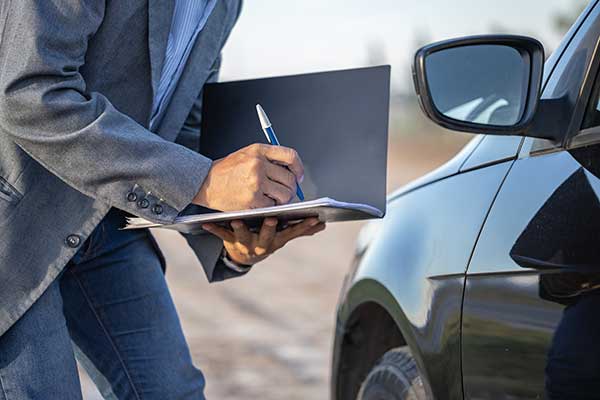
You or your designated representative will be asked to complete a walk-around exterior inspection of your vehicle. Our driver is also required to obtain a signature on the inspection form.
Be sure your vehicle complies with all regional rules and regulations. You can contact one of our specialists for help with any questions you may have about the vehicle inspection process.
Step 6:
Transport & Delivery
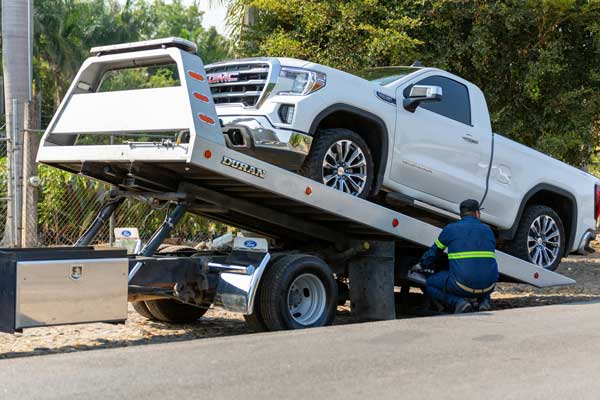
Once your vehicle has passed inspection it will be on its way!
We deliver 7 days a week during daylight hours only to enable proper inspection of the vehicle.
Shipping time to US from Canada
Shipping time is dependent upon many variables (many out of our control). The best way to plan for the amount of time it will take is to speak with your relocation coordinator.
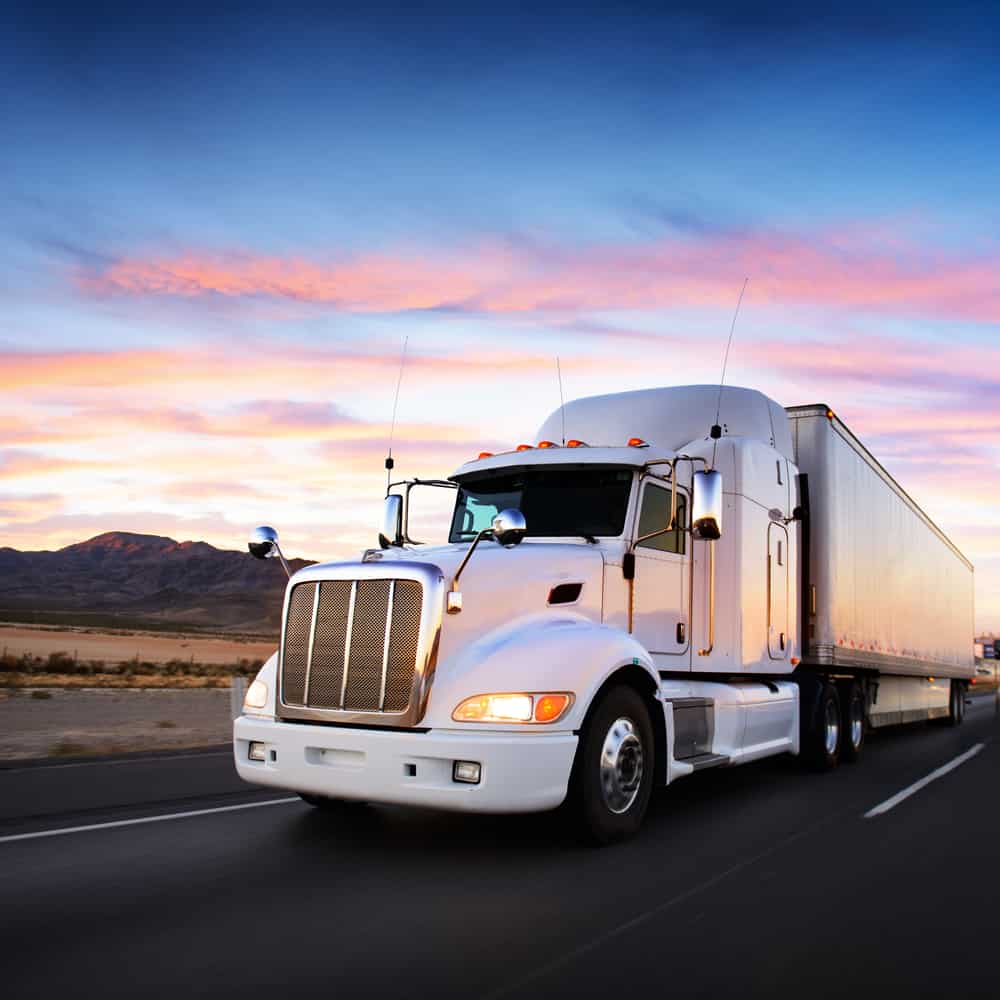
Open vs. enclosed
vehicle carriers
Open vehicle carriers
Open vehicle carriers are open, long-haul carriers, without sides or a roof, so vehicles are exposed throughout the trip. This is the most common type of car carrier and involves a truck typically between 75 and 80 feet in length with the ability to haul a two-level trailer. Usually, this method is less expensive and more environmentally friendly than enclosed carriers. However, it offers less protection against the elements and is less secure than a fully enclosed trailer.
Enclosed vehicle carriers
If you’re planning to relocate a new, luxury, or collector vehicle you may want to consider this option. A fully enclosed trailer offers better protection from external hazards such as bad weather and poor road conditions providing 360-protection with a roof and four sides. This option is less fuel efficient and more costly than an open carrier. Because it’s fully enclosed, the driver often is unable to do routine visual checks.
Shipping cost from Canada to the U.S.
The cost depends on several factors, which typically include:
- Mileage
- Vehicle size
- Delivery location
When bringing a vehicle to the United States from Canada there may be additional fees or taxes associated with importing, but these often vary.

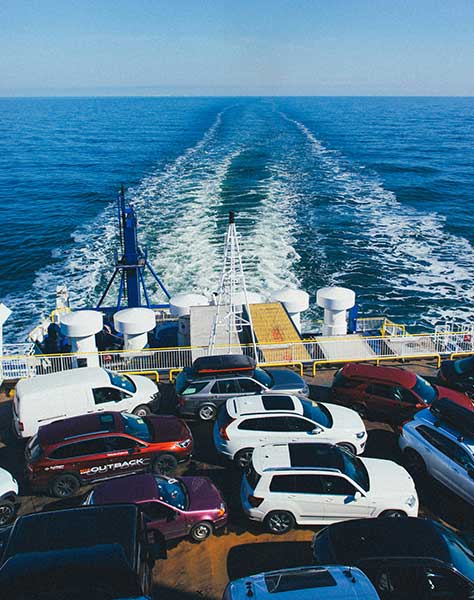
If it's got wheels, we move it!
Why choose us
Over 500,000 vehicles moved in the United States, Canada & worldwide.
01
real.
When you work with Reindeer Logistics you will never encounter a maze of computer recordings or an automated telephone system. No matter when you call, you will talk with a real, live person who is trained to guide you through the auto relocation process.
02
personal.
All our customers are assigned a relocation coordinator whose main objective is to anticipate and accommodate your every need. Your coordinator will be dedicated to you from pick up to delivery, ensuring that your car is where you want it, when you want it.
03
service.
Reindeer’s commitment to constant product and service improvement is the ultimate demonstration of our promise of delivery, quality, predictability and status.
Customer testimonials
What our customers say
Privacy Overview
| Cookie | Duration | Description |
|---|---|---|
| cookielawinfo-checbox-analytics | 11 months | This cookie is set by GDPR Cookie Consent plugin. The cookie is used to store the user consent for the cookies in the category "Analytics". |
| cookielawinfo-checbox-functional | 11 months | The cookie is set by GDPR cookie consent to record the user consent for the cookies in the category "Functional". |
| cookielawinfo-checbox-others | 11 months | This cookie is set by GDPR Cookie Consent plugin. The cookie is used to store the user consent for the cookies in the category "Other. |
| cookielawinfo-checkbox-necessary | 11 months | This cookie is set by GDPR Cookie Consent plugin. The cookies is used to store the user consent for the cookies in the category "Necessary". |
| cookielawinfo-checkbox-performance | 11 months | This cookie is set by GDPR Cookie Consent plugin. The cookie is used to store the user consent for the cookies in the category "Performance". |
| viewed_cookie_policy | 11 months | The cookie is set by the GDPR Cookie Consent plugin and is used to store whether or not user has consented to the use of cookies. It does not store any personal data. |